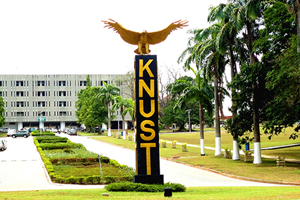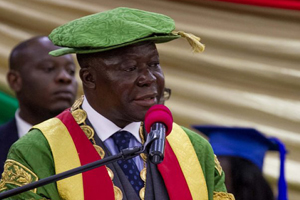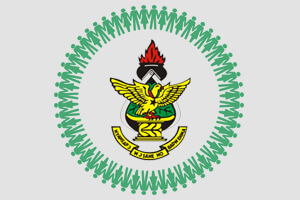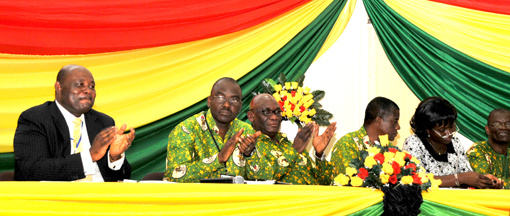
The Pro Vice-Chancellor of Kwame Nkrumah University of Science and Technology (KNUST), Professor Samuel Nii Odai has advised government to lay down appropriate science and technology measures to help develop the country. He made this statement in his keynote address at the launching of the KNUST Alumni Congress at the College of Science Auditorium.
He explained that Ghana’s deteriorating economy had placed us behind countries like South Korea, Singapore and others we started life with. This was because while our technology focused on producing for consumption, technology in South Korea and the other countries aimed at wealth creation and thus their developed economies and improved livelihoods. South Korea, after the Korean War in 1953, a period around which Ghana had independence, had a GDP of US$ 67 (Sixty-seven US Dollars) with only two universities just as Ghana which could boast of only KNUST and University of Ghana. South Korea as at 2004 had registered 411 higher educational institutions made up of 61 public and 350 private tertiary institutions with a total student enrolment of 3.5million.
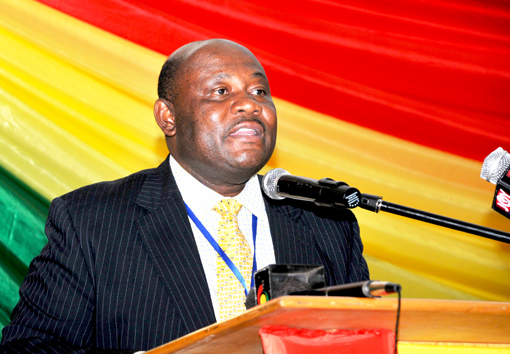
He added that every nation aspiring to make meaningful progress in sustainable development in this era, had to develop a clear vision of the science and technology needed for its purpose. This could be done and best sustained when there was a technology vision bearer. The vision bearer identified gaps that needed addressing, and thus, helped the nation keep pace with the identified technology, or even go into technology commercialization for wealth creation. In the case of South Korea, their government launched a five-year economic development plan in 1962 followed by subsequent plans which created a high demand for new technologies to help alleviate poverty in the country. Thus, the government of South Korea served as the technology vision bearer to achieve their dream. Through these effective human skills development, hard work and dedication, South Korea was now the 14th richest nation in the world according to data released in July 2014 (World Bank, 2014b).
On Science Technology and Innovation (STI) industries, Professor Odai stated that the South Korean STI industry had grown enormously 50 years after the five-year economic development plan of 1962 was enacted. The government of South Korea selected strategic industries: machinery, non- ferrous metal, shipbuilding, chemicals, electronics and steel for focus and development. By 2005, South Korea had 24 companies among the Global 1000 companies only second to Taiwan among developing economies. The country had expanded and diversified its industry into auto, chemicals, electronics, energy, industrials, shipbuilding, software, telecom and others.
Currently, the 10 biggest companies of South Korea were made up of nine STI companies with only one financial company (CNBN, 2014). The list was led by Samsung Electronics, which stands as the world’s biggest technology firm by revenue and has currently overtaken all the big names in electronics, and thus, now a household name in smartphones (the Galaxy family), LCD/ LED technologies and others. South Korea was making impressive development in the electronics industry. The industry was now a major player in the national economy and thus boasts of Samsung and LG which have made bold investments, and now were the leading companies in the global market of LCD having taken over from Japan.
The Korean automobile industry was currently one of the largest in the world and was quickly becoming the fastest growing one in the global market (Lee, 2011). The Korean Automobile Manufacturers Association (KAMA 2013) reports that in 2012, Korea maintained its fifth place among automobile producing countries in production, having 5.4% share of global production following China, USA, Japan and Germany.
In conclusion, he noted that it was not his aim to just mention all these statistics or merely compare Ghana to these advanced countries. But rather, he wanted to identify measures to help develop our country, Ghana. Firstly, the government of Ghana had to stand out clearly as the major STI personality leading the way in identifying the STI needs of the country through its numerous agencies and institutions.
He added that technocrats from KNUST also had a role to play by involving themselves in the strategic planning, policy development and implementation of the country. It was the duty of Technokrats to lobby for more research and development funding for their outfits, champion joint ventures with international STI industries and also dare to bring industries like the “Ghanaian Samsung” and “Ghanaian Toyota”, not just as sales agents but as assembling and manufacturing units to create more opportunities for Ghana.
KNUST as an institution also had a role to play by developing a desirable human resource capacity while the polytechnics created and maintained the technologies provided to develop Ghana. He assured Technokrats that if South Korea’s five-year economic development plan of 1962 could deliver a major transformation in less than forty years, Ghana had the resources to make definite remarkable strides.

